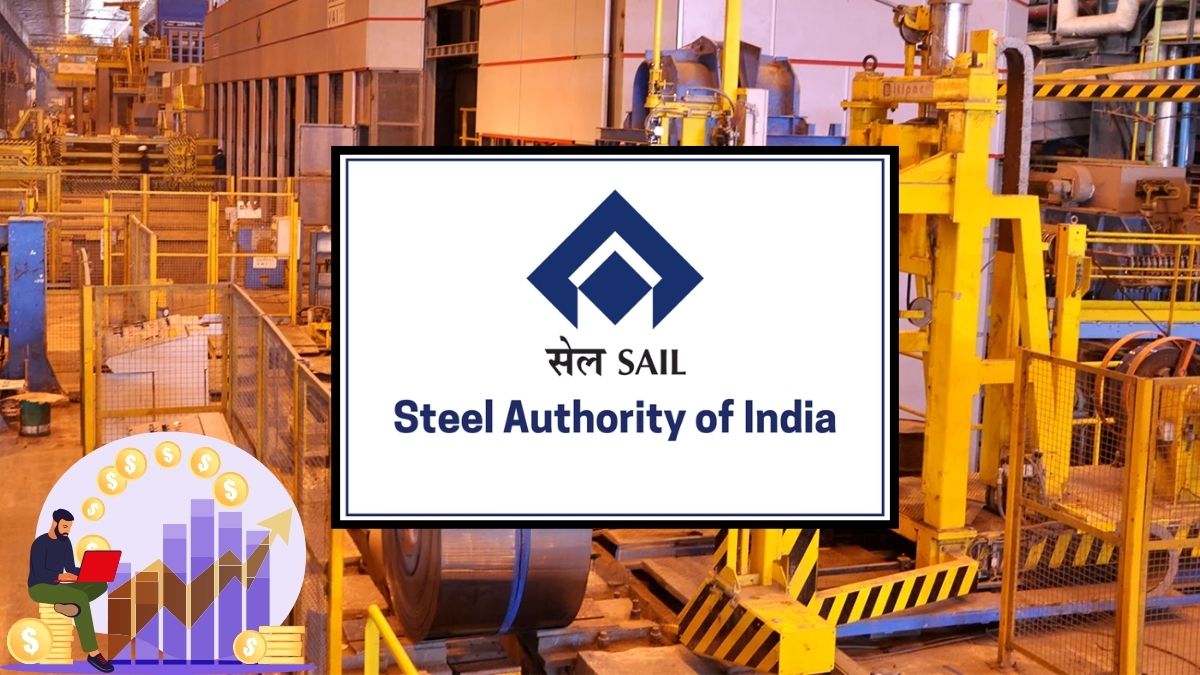By Sanjay Chaturvedi
In the modern-day business landscape, embracing digital transformations has become a strategic imperative. In a bid to do so, organizations are progressively adopting cutting-edge technologies, and the manufacturing industry is no exception. With a motive to improve visibility, traceability and quality control, manufacturing organizations are increasingly deploying next gen technologies including Artificial Intelligence(AI), Machine Vision, and Internet of Things (IoT). However, a robust, customizable, and configurable Manufacturing Execution System (MES) needs to lie at the heart of all manufacturing operations to enable the next era in digital manufacturing.
MES has turned out to be a game changer for the manufacturing sector. From BoM/Recipe Management and production process monitoring to final product verification, MES has enabled manufacturers to strengthen quality control and operational efficiency at the foundational level. Inspections at every level of the production process have become necessary in order to guarantee that the final consumer receives a high-quality product. However, the time-consuming nature of this process often becomes the underlying cause of delays, product rework, and rejections. Conversely, MES, integrated with Machine Vision and AI, makes it possible to carry out rapid quality checks across every step of manufacturing and product assembly with 100% Route Adherence and Sequential Control.
With quality becoming a key differentiator in the modern-day landscape, achieving excellence in quality control through the utilization of a MES in conjunction with emerging technologies like Machine Vision, AI, IoT will remain crucial for manufacturing enterprises seeking to boost customer satisfaction and obtain a competitive advantage in the marketplace.
Additional capabilities of a MES including OEE monitoring, capacity planning, and production planning help kickstart manufacturing transformations. By keeping a close eye on the 4Ms (Man, Machine, Method, and Material), checking processes, and using advanced analytics, manufacturers can strengthen their quality control and move towards seamless operations.
The author is SVP, automation and hardware, Bar Code India









